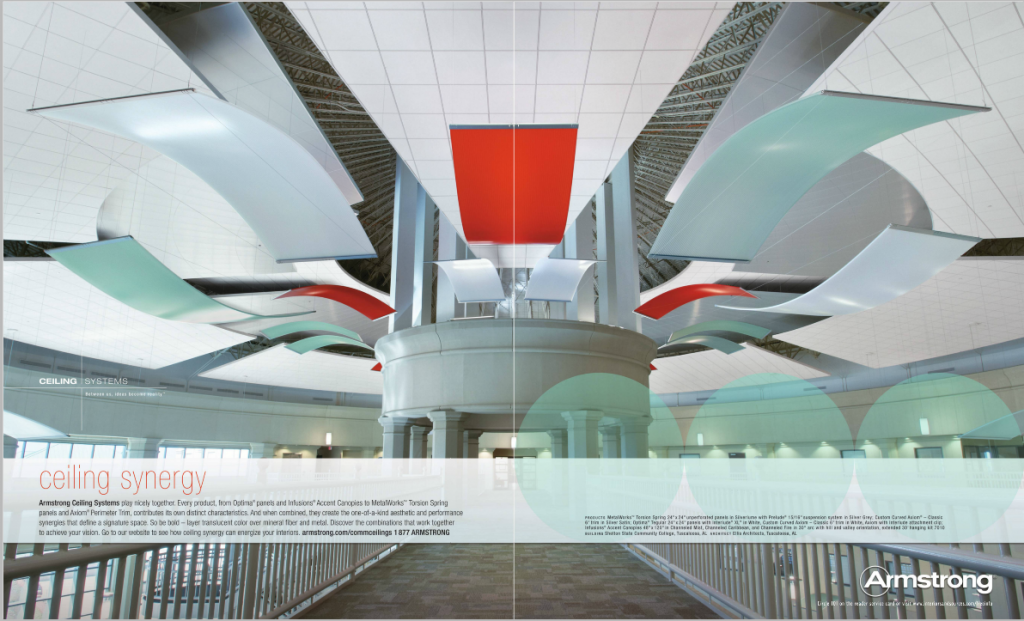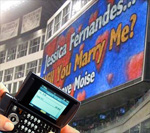Business-to-business publishers have embraced the digital world. The trend among them is to put an exact copy of their print version online. The only change most of them make is to add hotlinks to their advertisers’ websites. While digital does not yet make up the majority of the total circulation of most magazines, we need to monitor this trend to see what impact it will have on advertisers.
Target Audience Delivery
I applaud those publishers who are just as concerned about verifying circulation of their digital versions as they are of their print publications. BPA, the traditional B2B circulation auditor, now offers digital circulation audits. Media planners now have access to data on target audience coverage and composition to help them make informed recommendations. Unfortunately, some publishers are still “claiming” circulations that are unrealistic, at best.
Another way that publishers are ensuring target audience delivery is through a subscription-only basis for online viewing. Readers are required to fill out a subscriber profile for the online version with the same requirements as for the print version.
Ad Size Units
When you view an online version on a regular monitor, it’s easy to browse and read. But not so when you’re using a smart phone or a tablet. You might judge a spread to have a lot of impact on a big-screen monitor. But when you have to scroll between the two pages on your handheld device, it loses legibility, visual appeal and message delivery.

Big-Screen Monitor
Read full post...















